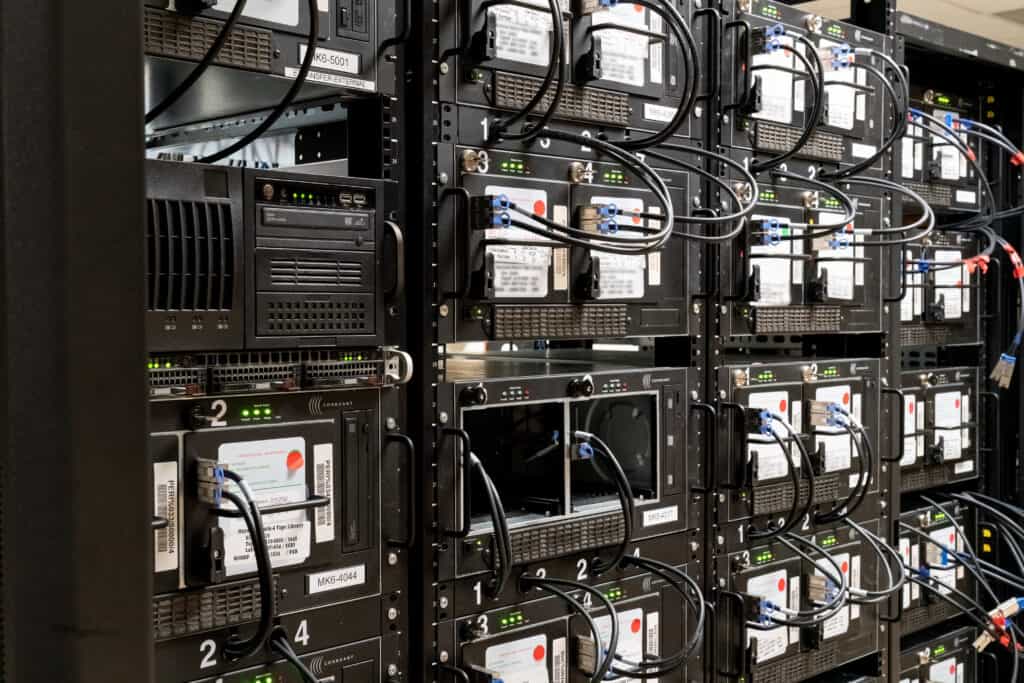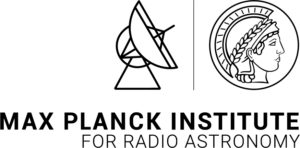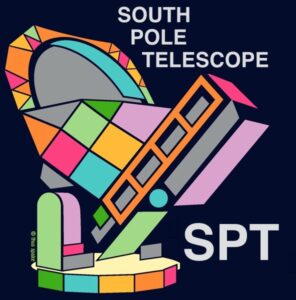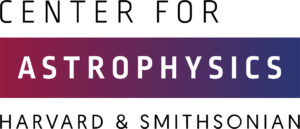Mark 6 VLBI Data Recording System
Unlocking the Universe with High-Precision Data Recording
Pioneered in collaboration with MIT Haystack Observatory with consultation from NASA/GSFC High-End Network Computing Group, the Conduant Mark 6 VLBI Data Recording System stands as the premier global standard for disk-based VLBI data recording technology. As the cornerstone in capturing the first historic image of a black hole, the Mark 6 exemplifies cutting-edge innovation and unmatched performance in the field of astronomical observations.



Mark 6 VLBI Data Recording System
Unlocking the Universe with High-Precision Data Recording
Pioneered in collaboration with MIT Haystack Observatory with consultation from NASA/GSFC High-End Network Computing Group, the Conduant Mark 6 VLBI Data Recording System stands as the premier global standard for disk-based VLBI data recording technology. As the cornerstone in capturing the first historic image of a black hole, the Mark 6 exemplifies cutting-edge innovation and unmatched performance in the field of astronomical observations.



Mark 6 VLBI Data Recording System Overview
The Mark 6 VLBI Data Recording System is a vital tool in Very Long Baseline Interferometry (VLBI), a technique used for high-precision astronomical observations. VLBI allows for extremely high-resolution measurements of radio sources such as quasars, black holes, and other celestial phenomena. By using multiple radio telescopes distributed across vast distances, VLBI simulates a single, much larger telescope. The Mark 6 system records, synchronizes, stores, and processes the data collected by these telescopes, enabling precise and detailed images and measurements of the universe.
Why the Mark 6 is the Premier Global Standard for VLBI Data Recording System?
- High Precision: Leading performance in high-speed data recording for astronomical observations.
- Reliability: Proven in extensive stress testing and real-world operational environments.
- Flexibility: Easily upgradeable hardware and software to adapt to future needs.
Key Features of the Mark 6
High-Speed Data Recording:
- Four 10GigE input ports
- 16Gbps sustained record capability
Flexible and Upgradable:
- Supports up to four 8-disk modules for recording/playback
- Based on high-performance COTS hardware
- Easily upgradeable hardware
Robust Software Support:
- Linux OS (Debian Squeeze 6.0.3 and CentOS 7)
- Fully open-source software (C and Python)
- Supports all common VLBI data formats
- VSI-S and XML command set support
- Scatter/gather file system for managing slow/failed disks
Seamless Integration and Compatibility
Playback Support:
- DiFX correlator for VDIF and Mark 5B data formats
- Smooth transition from Mark 5 systems
Upgrade Path:
- Existing Mark 5 SATA disk modules easily upgradeable to Mark 6
- Upgrade kits available for existing Mark 5 systems
Mark 6 Documentation and Resources
Purchase Options
- Full Mark 6 16Gbps system from Conduant Corp
- SSD OS disk option
- Upgrade existing Mark 5 system to Mark 6
- Purchase Mark 6 disk modules (with or without disks)
- Upgrade kits for Mark 5 SATA modules
Questions?
Schedule a free engineering consultation










